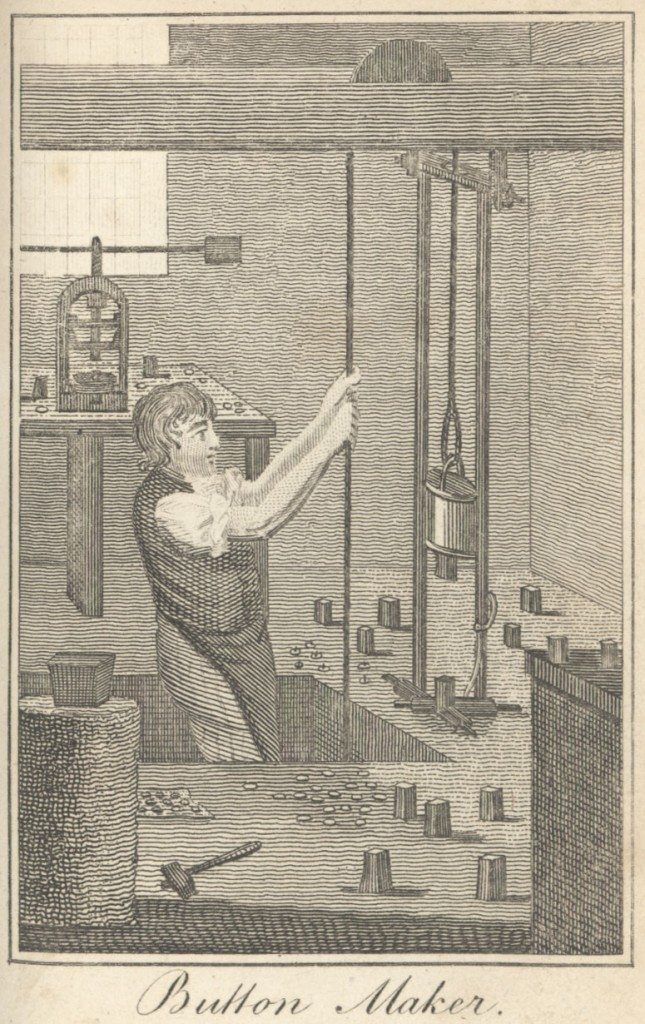Birmingham Toys: Manufacturing Techniques
Image: Button Maker, The Book of Trades or Library of Useful Arts, Part III, third edition (London Tabart and Co, 1806). Buttons were could be made from a wide range of materials including gold, silver, steel and other metals, glass, silk, mohair and pearl. In this image the button maker is using a machine which takes dies to stamp a pattern on a metal button. By means of a single pulley he raises a weight to the lower part of which is fixed a die. He lets the weight fall down on the metal and the item is stamped. The button then has to receive a shank which is performed by solder and then polished by women workers.
Image from: Science, Technology and Management, Birmingham Central Library
Mass production led to a move away from the old system where one craftsman would make an item from start to finish, to the factory system, where each person carried out one stage in the process. A visitor’s account from 1755 describes button production at John Taylor’s factory, making it clear that division of labour is in use: “The Multitude of Hands each Button goes thro’ before it is sent to the Market is surprising; you will perhaps think it incredible, when I tell you they go thro’ 70 different Operations of 70 different Work-folks;”1
Stamping, pressing, piercing and polishing were all done with the help of machinery introduced during the 18th century, and many new alloys were introduced which were suitable for use with these machines. Throughout the 18th and 19th centuries Birmingham manufacturers obtained numerous new patents for producing components for the buckle, button, toy and jewellery trades. A visitor to Soho in 1787 described
Wheels, vices, pincers, cranks, lathes, drills, shears, hammers of all sizes, coin- presses, all assist the workmen in binding, twisting, shaping, pointing, cutting, marking, and turning the metals with wonderful quickness to produce the requirements of men, women and children, for all changes and caprices of fashion. The workmanship is most easy and quick. Women and children at low wages can help the workmen in many ways… In many cases the work is so divided that the workman knows only his own part and not the complete work… Some of the machines for stretching, gilding or silvering sheets of copper I have seen in France [rolling mills]…2
1. Four Topographical Letters Written in July 1755….. (Newcastle upon Tyne, 1757)
2. ‘England by an Italian Traveller in 1787’, from The Birmingham Weekly Post, 22 November 1890
« Previous in this sectionNext in this section »Continue browsing this section
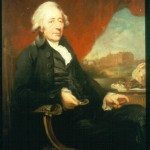 Birmingham: “The Toyshop of Europe”
Birmingham: “The Toyshop of Europe”
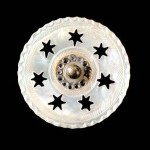 Toys in Birmingham
Toys in Birmingham
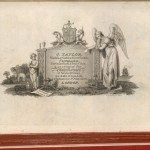 John Taylor and Matthew Boulton
John Taylor and Matthew Boulton
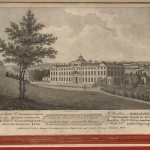 The Soho Manufactory: From Snow Hill to Handsworth
The Soho Manufactory: From Snow Hill to Handsworth
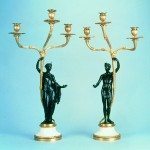 The Soho Manufactory: The Ingenious Mr Boulton
The Soho Manufactory: The Ingenious Mr Boulton
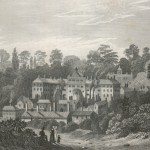 The Soho Manufactory: Industrial Tourism
The Soho Manufactory: Industrial Tourism
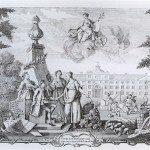 The Soho Insurance Society: Ahead of its time
The Soho Insurance Society: Ahead of its time
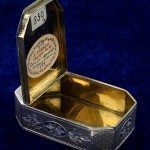 Birmingham Toys: Makers and Materials
Birmingham Toys: Makers and Materials
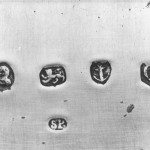 Birmingham Toys: The Hallmark
Birmingham Toys: The Hallmark
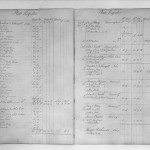 Birmingham Toys: Made at Soho
Birmingham Toys: Made at Soho
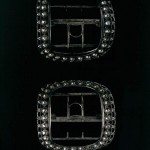 Birmingham Toys: “Cut Steel”
Birmingham Toys: “Cut Steel”
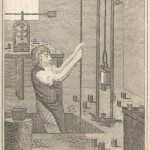 Birmingham Toys: Manufacturing Techniques
Birmingham Toys: Manufacturing Techniques
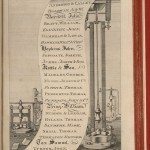 Salesmen, Customers and Competitors: The Home Market
Salesmen, Customers and Competitors: The Home Market
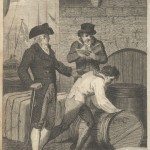 Salesmen, Customers and Competitors: Export Markets
Salesmen, Customers and Competitors: Export Markets
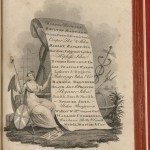 Salesmen, Customers and Competitors: Travelling Salesmen
Salesmen, Customers and Competitors: Travelling Salesmen
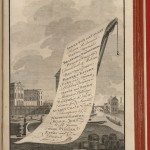 Salesmen, Customers and Competitors: Agents
Salesmen, Customers and Competitors: Agents
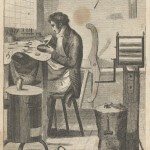 Summary and Developments
Summary and Developments



